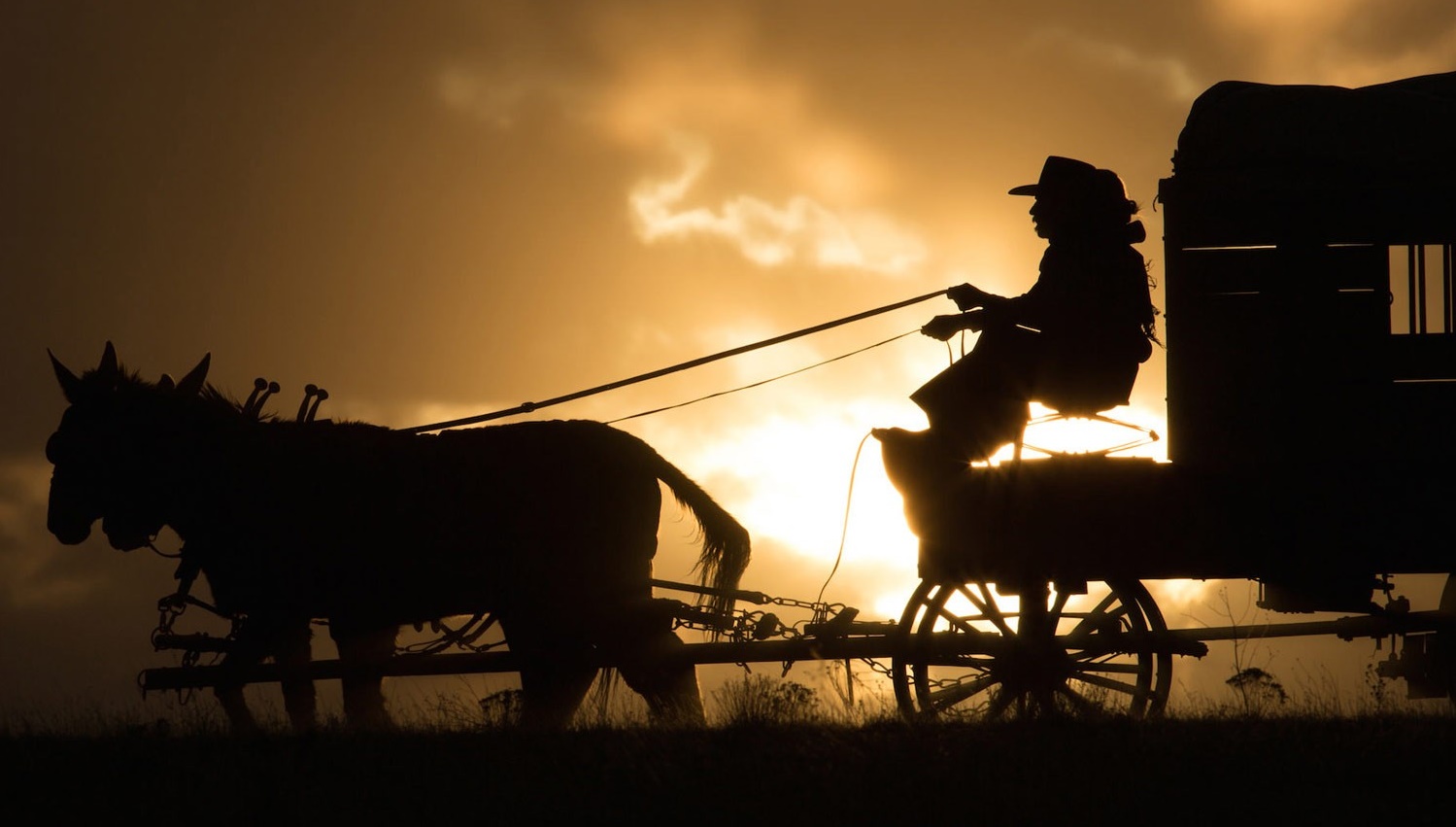
The Homesman
Dustin Chase
Tommy Lee Jones’ latest film, the follow-up to his 2005 directorial debut, The Three Burials of Melquiades Estrada, takes us as far away from the conventional western as I have seen from any modern director. The entire premise, movement heading from west to east, an unmarried female transporting crazy women back to Iowa—all of it goes against everything cinema has taught us about the western. Jones, who also co-wrote the screenplay, has a lot of things to say; however, he does it with subtlety, and sometimes pushes questions over to the viewers to make their own assertions. Two-time Oscar winner Swank turns in another great performance, giving her all to a role that seems suited to her capabilities.
In the Nebraska Territory in the late 1800’s, Mary Bee Cuddy is 31 years old, unmarried and self-sufficient on her farmland. Men tell her about her plain face and bossy nature, and refuse to marry her. So when the local preacher asks for someone to take three crazy women whose husbands cannot take care of them back east to their families—a five-week journey by wagon–she is the only volunteer. On her way home after picking up the wagon, she encounters scoundrel George Briggs (Jones). She saves his life and orders him to assist her with the women, promising him money when the delivery is complete. They encounter many things, such as defiled graves and Indians, but for Cuddy, the most frightening is a sense of hopelessness and what will become of her when and if she returns home.
The performances and the break from convention certainly make this film refreshing.
It would seem like a crime against everything a western should stand for not to have a beautifully landscaped western genre film. Therefore, Jones enlisted cinematographer Rodrigo Prieto (Babel) to photograph the beautiful brush landscapes in the film, and his framing of nearly every shot with Swank looks like it belongs in an ancient version of National Geographic. The script journeys into unforeseen places, constantly reminding us that this is a segment of early western settler life we haven’t seen before. The film, for all it’s singing, dancing, and light-hearted moments, is predominately bleak. You don’t realize it fully until the credits role.
Jones makes us think and challenges the viewer by attempting something we haven’t seen before, and I cannot fault him on that. There are moments that work beautifully in The Homesman, and there are those that do not. It constantly surprises with each turn; just as we think we understand the characters, we are proven wrong. Perhaps that’s a lot to ask of an audience; perhaps it’s the fault of the author of the novel on which the film is based, Glendon Swarthout. The performances and the break from convention certainly make this film refreshing. The supporting roles and cameos only add to the film’s fleeting grandeur. I have no idea where or even if Swank can fit into the best actress race with such an uneven role, regardless of how pleasant she is to watch.
Final Thought
Convention defying, albeit perplexing, western.
